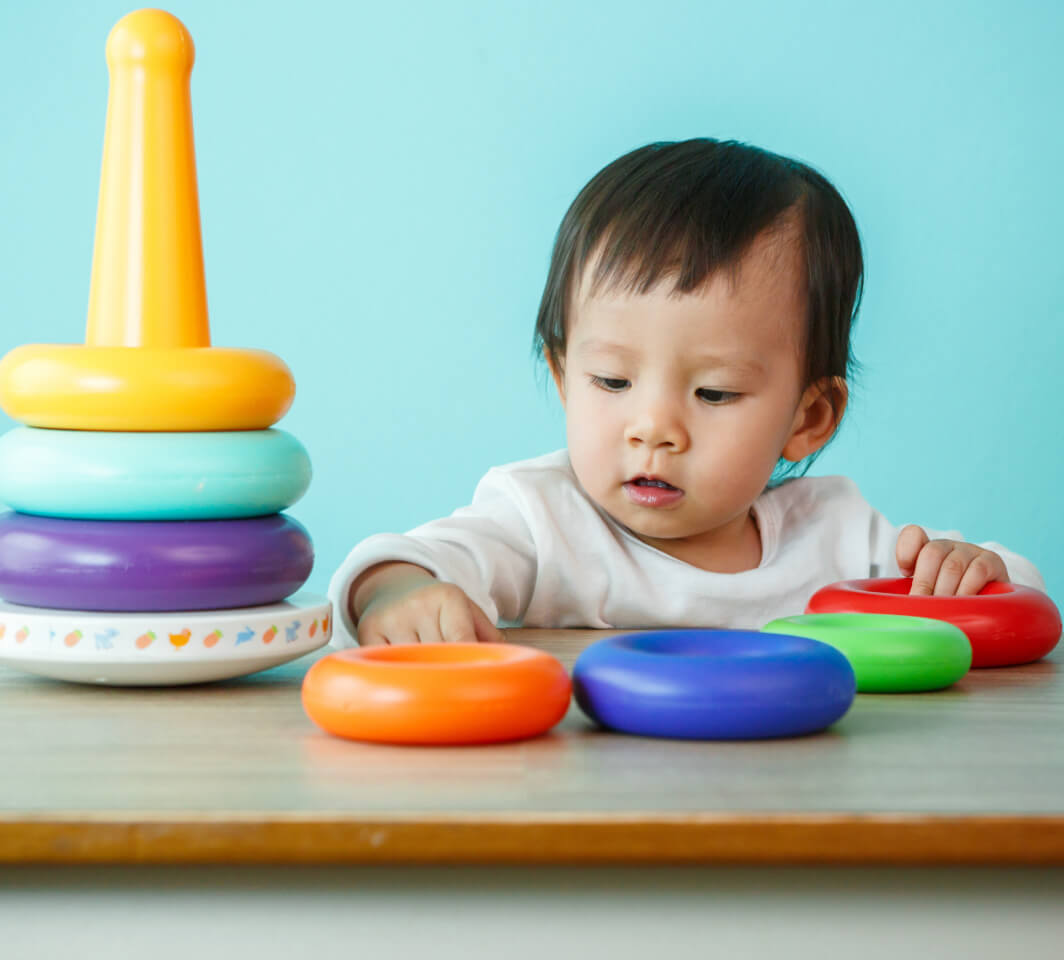How Your Child's Vision Develops
During the first month, babies will generally ignore people and the surroundings, even with their eyes open.
In the second month, infants will focus on things that are 8 to 12 inches away from their eyes. Your baby will be fascinated by faces brought close to him or her. At this stage, your child is most attracted to bright, contrasting colours.
In the baby's third and fourth months, they will gaze further and see their little hands, while their vision includes the feet at fifth months.
In the sixth month, babies can turn their head and move their eyes in all directions.
At two and a half years, they should be able to name one colour.
At age three, your child will know two colours, and name three colours with confidence by age four.
At five years of age, most children are able to recognise four basic colours.




